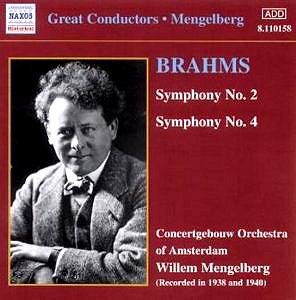 Composer: Minna Keal
Composer: Minna Keal
Works: Cantillation for Violin and Orchestra Op.4, Wind Quintet Op.2, String Quartet Op.1, Symphony Op.3
Performers: Stephen Bryant (violin), BBC Symphony Orchestra, Nicholas Cleobury, Lontano, Odaline de la Martinez, Archaeus String Quartet
Recording: BBC Maida Vale Studios, London (Cantillation, Symphony), St Silas Church, Kentish Town (Quintet), St Paul’s Church, New Southgate, London (Quartet)
Label: Lorelt LNT 110
The legacy of Minna Keal, an underappreciated figure in the landscape of 20th-century British music, is given a refreshing revival in this engaging release, which brings together a selection of her key works. Keal’s journey through the world of composition was marked by a long hiatus, with her return to music in her seventies yielding pieces that defy the expectations often associated with late-blooming composers. The four works included here, spanning from 1978 to 1988, reveal a composer deeply attuned to both the intricacies of form and the emotional resonance of sound.
The Symphony Op.3, Keal’s only orchestral work, stands out as a significant achievement, particularly considering it was penned after such a long absence from the compositional scene. The orchestration is both robust and assured, offering a rich tapestry of color and texture. Under Nicholas Cleobury’s direction, the BBC Symphony Orchestra navigates the score with a commendable balance of precision and expressiveness. The first movement unfolds with a vigorous energy, characterized by driving rhythms and a keen interplay between the strings and winds—a testament to Keal’s mastery of orchestral forces. One notable moment occurs in the second movement, where a lyrical theme is introduced by the woodwinds, only to be transformed through a series of dynamic contrasts that keep the listener engaged.
Keal’s Cantillation for Violin and Orchestra, performed here by Stephen Bryant, reveals her capacity for lyricism and emotional depth. The work oscillates between moments of introspective calm and vibrant, almost tempestuous passages. Bryant’s interpretation is marked by a nuanced approach, particularly in the way he shapes the melodic lines, allowing for an interplay of tenderness and assertiveness. The dialogue between violin and orchestra is particularly effective in the climactic sections, where the orchestral textures swell to a dramatic height, showcasing Keal’s ability to write for both the soloist and the ensemble with equal fluency.
The Wind Quintet Op.2 is a charming piece that diverges from the more serious tone of the symphony. Here, Keal’s wit and inventiveness shine through in a series of short, contrasting movements that are both playful and richly textured. The performers exhibit a commendable cohesiveness, bringing out the distinctive colors of each instrument while maintaining a sense of unity throughout the work. This piece, alongside the String Quartet Op.1, reveals Keal’s adeptness with chamber music—a form in which she seems to thrive, capturing the essence of her surroundings with a keen ear for dialogue and interaction.
Recording quality is notably pristine, with the engineers capturing the brightness of the woodwinds and the warmth of the strings effectively. The spatial clarity allows for the intricate counterpoint to emerge distinctly, particularly in the chamber works, where the subtle nuances of dynamics and articulation are crucial. The choice of venues also contributes to the overall sound quality; the resonance of St Silas Church, for instance, enriches the string quartet with a natural warmth that enhances the listening experience.
Minna Keal’s music, while perhaps not as frequently encountered as that of her contemporaries, warrants serious exploration. This release serves not only as a testament to her unique voice but also highlights the skillful interpretations by the ensembles involved. Each piece offers a glimpse into the rich emotional landscape of Keal’s compositional style, marked by a blend of lyrical beauty and structural integrity. This collection is highly recommended for those eager to delve into the rich and often overlooked corners of British classical music.



